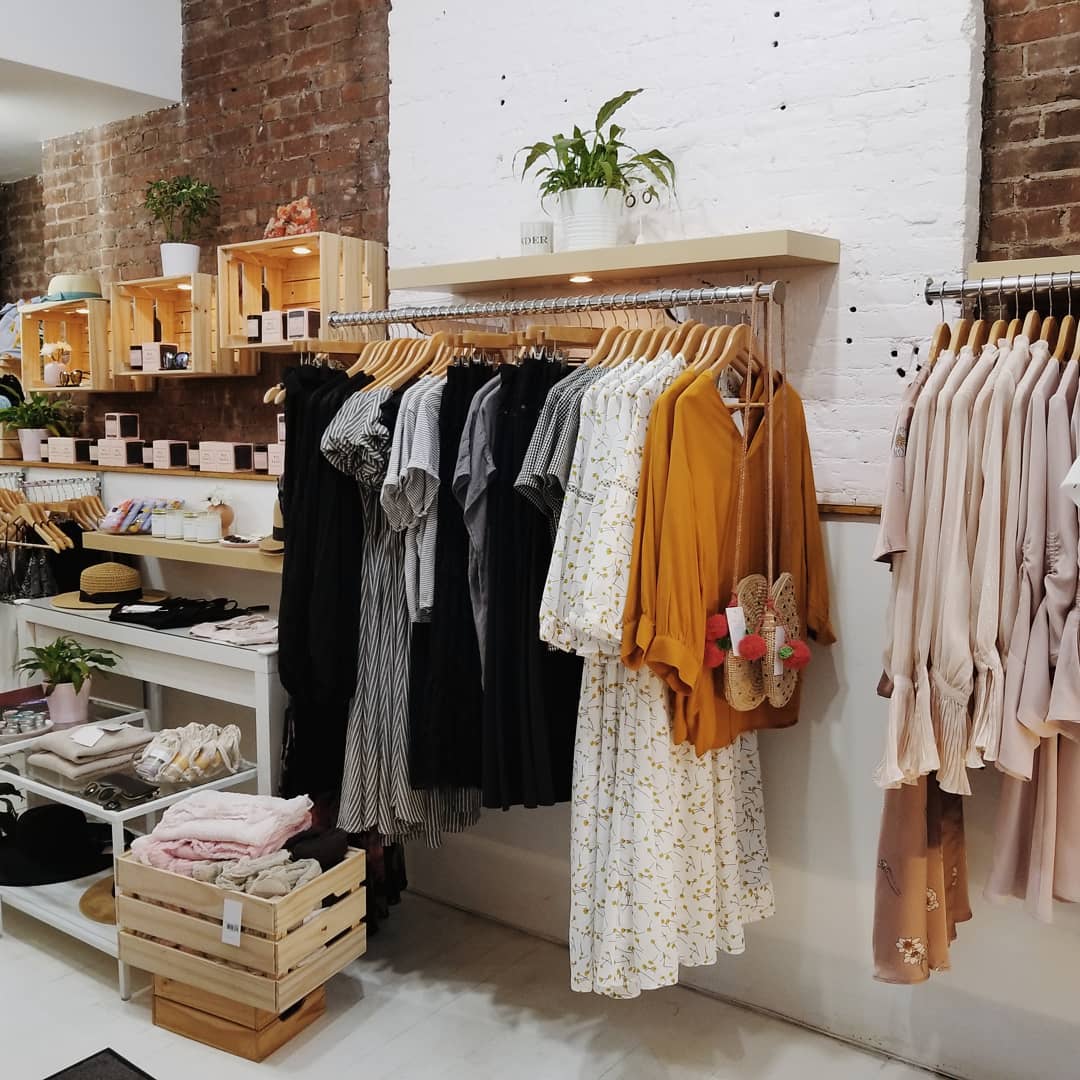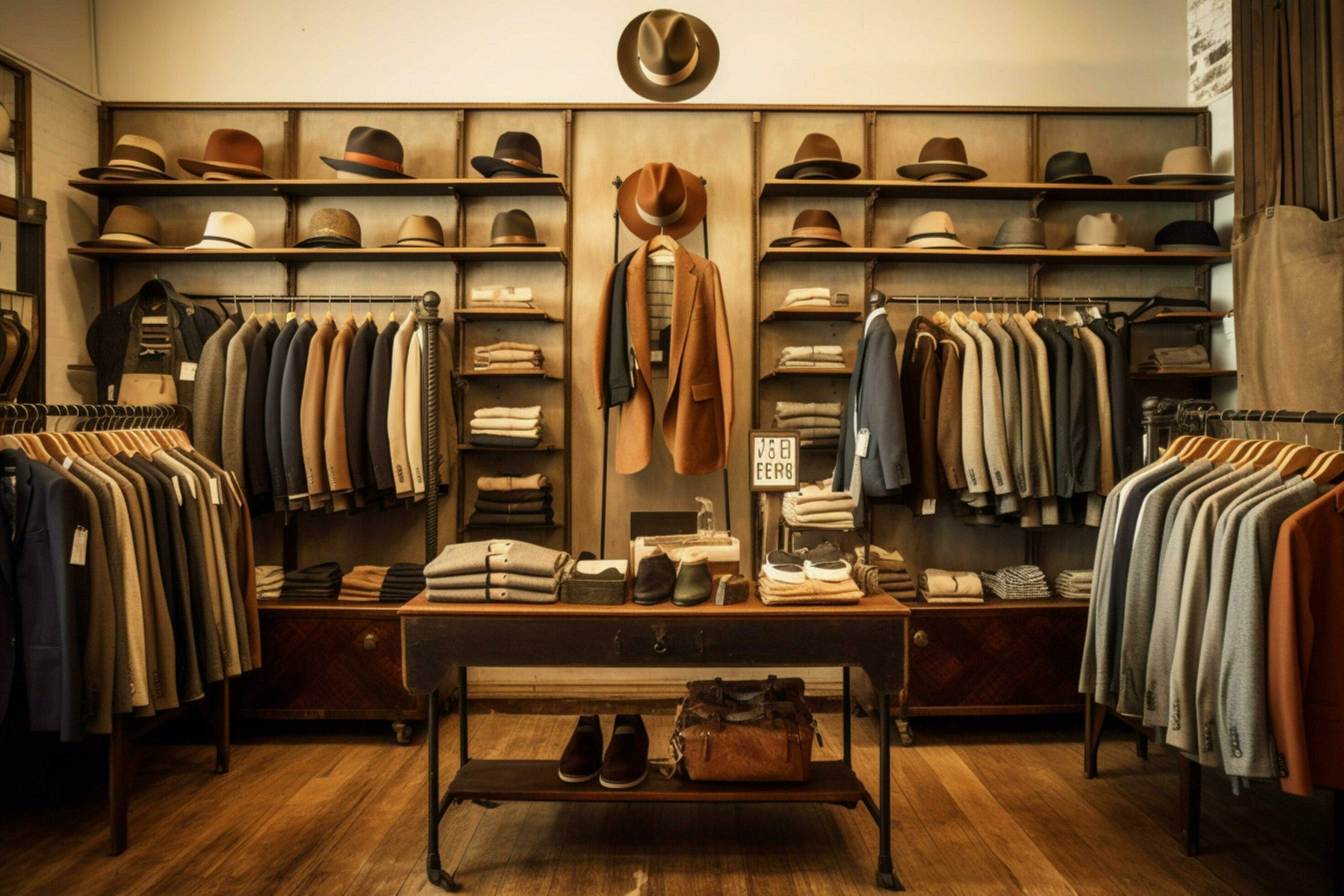Why Boutique Fashion is the Ultimate Selection for Special Style
Why Boutique Fashion is the Ultimate Selection for Special Style
Blog Article
Checking Out the Advancement and Effect of Clothing on Modern Fashion Trends
The evolution of garments has actually substantially affected contemporary style trends, merging historic criteria with innovative advancements. Legendary figures like Coco Chanel and Yves Saint Laurent transformed the apparel industry by introducing ideas that focus on comfort and ease of access, which remain to resonate today. On the other hand, technical strides in areas such as 3D printing and smart fabrics are redefining layout possibilities and customer experiences. In addition, the growing emphasis on inclusivity and sustainability is reshaping industry requirements. As we take into consideration these complex impacts, one have to question exactly how these elements collectively redefine style's function in reflecting and shaping modern culture.
Historical Fashion Influencers
In the tapestry of fashion background, specific numbers have left an enduring mark, forming the fads and designs that define whole eras. Coco Chanel, a cutting edge developer, redefined ladies's fashion by introducing comfortable, stylish clothes that left from limiting bodices.
Elsa Schiaparelli is an additional crucial figure, renowned for her progressive styles that integrated surrealist art, working together with Salvador Dalí to create whimsical pieces that challenged standard aesthetics. Her cutting-edge use shade and vibrant patterns reverberates in contemporary fashion. Yves Saint Laurent, on the other hand, equalized high fashion with prêt-à-porter collections, bringing runway styles to the masses and establishing a precedent for modern ready-to-wear lines.
These visionaries, among others, not only revolutionized fashion in their times however also established withstanding trends that resonate in today's fashion business, offering a structure whereupon contemporary designers remain to innovate and build. Their heritages emphasize the significance of imagination and bold in vogue's ever-evolving story.
Technological Improvements in Fashion
In the middle of the dynamic landscape of the garment industry, technological innovations stand at the forefront of technology, improving how developers develop and customers involve with style. The assimilation of 3D printing has revolutionized style procedures, enabling developers to explore complicated frameworks and lasting products that were formerly unthinkable. This technology promotes fast prototyping, reducing waste and expediting production times.

Smart textiles, installing modern technology right into materials, are additionally changing the market. Developments like self-cleaning and temperature-regulating fabrics offer boosted performance and convenience. Wearable technology, including attributes like physical fitness monitoring and interaction, adds a brand-new measurement to style, merging appearances with functionality.
Cultural Changes and Design
As technological developments proceed to improve the apparel industry, cultural shifts are just as prominent, redefining design and consumer preferences. In recent times, the increase of social media systems has sped up the dissemination of global fashion trends, enabling varied social influences to coexist and assemble. This digital interconnectivity has actually promoted the quick exchange of ideas, resulting in an extra comprehensive and diverse interpretation of design that mirrors the complex nature of contemporary society.
Cultural awareness and appreciation have actually motivated developers to draw inspiration from a wider range of historical and ethnic contexts, integrating standard concepts with modern appearances. This blend has actually resulted in fashion that resonates with a broader target market, promoting a sense of identification and belonging across different demographics. In addition, the enhancing need for customization has actually driven brand names to provide personalized options, enabling customers to express individuality while reflecting their social heritage.
Moreover, moving social worths have actually influenced fashion, with inclusivity and diversity ending up being main themes. The sector has actually started to embrace versions and influencers of numerous physique, ethnicities, and sex identifications, difficult conventional elegance criteria. This change highlights the power of social changes in forming the future of fashion, as style becomes a more genuine expression of personal and collective identification.
Sustainability and Modern Design
While the fashion business remains to evolve, the imperative for sustainability has ended up being significantly immediate, affecting contemporary style methods. This shift intends to deal with ecological worries and ethical considerations, causing a reevaluation of traditional production methods. Designers are now incorporating lasting products, such as organic cotton, recycled polyester, and naturally degradable materials, right into their collections, minimizing the environmental impact of style. The surge of slow style, which emphasizes high quality over amount, motivates customers to buy ageless pieces rather than short-term patterns.
Furthermore, modern-day design is defined by its development in decreasing waste and advertising circularity. This method not just reduces ecological influence yet additionally enhances the social responsibility of fashion residences.

Future Trends in Style

Sustainability will remain to be a driving pressure in forming future fashion fads. The market Go Here is increasingly taking why not check here on environment-friendly products and moral production techniques, reacting to a growing customer demand for accountable methods. Innovations such as bio-fabricated materials and closed-loop recycling systems are set to redefine just how clothing is generated and taken in, lowering ecological effect while keeping style and high quality.
Social shifts, including the increase of inclusivity and variety, will additionally play an essential duty. As culture comes to be much more knowledgeable about social concerns, fashion is expected to become a platform for expression and change. Developers will likely focus on developing collections that mirror a more comprehensive variety of experiences and identifications, promoting depiction and access.
Conclusion
The advancement of garments substantially affects contemporary fashion patterns, where historical impacts merge with contemporary designs. Secret figures like Coco Chanel and Yves Saint Laurent have redefined design, while technical innovations such as 3D printing and smart textiles expand imaginative possibilities. Social changes towards inclusivity and sustainability urge brands to embrace moral techniques and accept diversity. This ongoing evolution emphasizes fashion's function as a mirror to societal worths and technical advancement, recommending a future abundant with development this hyperlink and inclusivity.
The evolution of clothes has actually substantially affected contemporary fashion trends, combining historic criteria with sophisticated developments.Among the dynamic landscape of the fashion industry, technological advancements stand at the leading edge of development, improving just how developers create and customers engage with style.While the style sector continues to develop, the vital for sustainability has come to be increasingly urgent, influencing modern layout practices. As sustainability becomes ingrained in modern layout, it paves the way for a more accountable and conscious style market.
The advancement of garments significantly affects contemporary style trends, where historic influences merge with contemporary designs.
Report this page